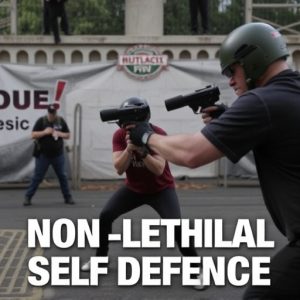Unlocking Stun Gun Potential: Power Ratings & Optimal Charging
Understanding how to charge a stun gun properly (following manufacturer guidelines) is crucial for m…….
Understanding how to charge a stun gun properly (following manufacturer guidelines) is crucial for maximizing its stopping power and reliability in emergency situations. Regular maintenance, testing, and correct handling techniques ensure optimal performance and prevent accidental discharge, making it an effective self-defense tool. Safety features and training are equally important for responsible use.
Stun guns, a popular personal defense tool, offer a non-lethal way to incapacitate an attacker. But understanding their stopping power ratings is crucial for effective self-defense. This guide breaks down the factors influencing stun gun effectiveness and provides essential safety considerations. Learn how to charge your stun gun properly to ensure optimal performance when it matters most. Discover key training recommendations to maximize your preparedness and build confidence in your personal safety.
- Understanding Stun Gun Stopping Power Ratings
- Factors Influencing Stun Gun Effectiveness
- Proper Charging Techniques for Optimal Performance
- Safety Considerations and Training Recommendations
Understanding Stun Gun Stopping Power Ratings
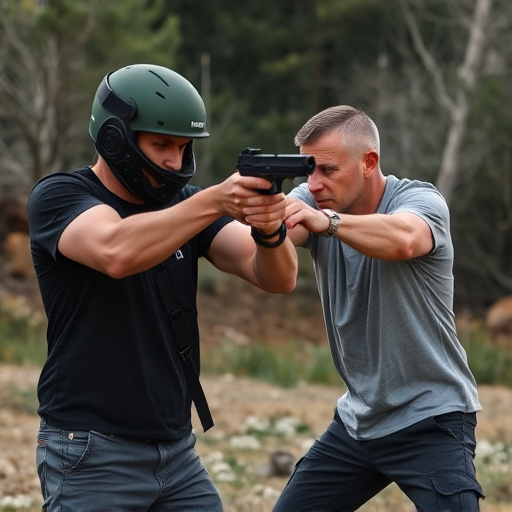
Stun gun stopping power ratings are a measure of their effectiveness in neutralizing an assailant. These ratings often come from independent testing conducted by reputable organizations, providing insights into the stun gun’s performance under controlled conditions. When evaluating a stun device, understanding how to charge it properly is crucial. A fully charged stun gun ensures its active components—like electrodes and high-voltage capacitors—are at peak performance, increasing the likelihood of successfully immobilizing an attacker.
Proper charging involves following manufacturer guidelines, which typically include using recommended chargers and adhering to specific time limits. Inaccurate or incomplete charging might result in reduced stopping power due to suboptimal energy delivery. Therefore, knowing how to charge your stun gun correctly is as essential as understanding the ratings, ensuring its reliability when needed most.
Factors Influencing Stun Gun Effectiveness
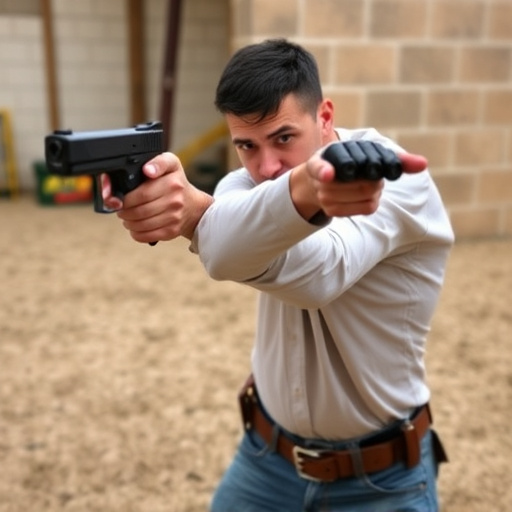
The effectiveness of a stun gun largely depends on several factors, with proper charging being a crucial one. To ensure optimal performance, it’s essential to understand how to charge stun guns correctly. Stun guns rely on high-voltage, low-current electrical energy to disrupt an assailant’s neuromuscular system, causing temporary incapacitation. A well-charged device delivers the right amount of current for maximum impact without excessive discharge, ensuring its reliability in self-defense scenarios.
Other influencing factors include the stun gun’s design and quality—different models may have varying stop power ratings—as well as the distance and body area targeted. Proper usage technique is equally vital; aiming for specific nerve centers can enhance the device’s effectiveness. Moreover, regular maintenance and testing are essential to guarantee a stun gun’s continued reliability, given that factors like age, environmental conditions, and storage can degrade its performance over time.
Proper Charging Techniques for Optimal Performance
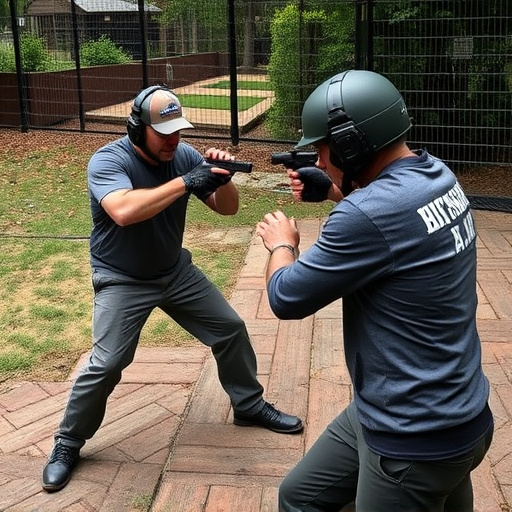
Proper charging techniques are essential for ensuring a stun gun’s optimal performance and stopping power. Stun guns, like any electrical device, operate on a battery, and regular maintenance is crucial to their effectiveness. The first step in achieving maximum efficiency is understanding the recommended charging cycles. Most stun guns should be charged fully and then allowed to discharge naturally before recharging again, mimicking the body’s natural energy processes.
Avoid overcharging by adhering to the manufacturer’s guidelines, which often recommend removing the battery after a certain number of charges or when the device reaches full power. Overcharging can lead to battery degradation, reducing the stun gun’s overall performance and lifespan. Additionally, keeping your stun gun charged at an optimal level ensures that you have reliable access to its stopping power when needed, making it a practical self-defense tool.
Safety Considerations and Training Recommendations
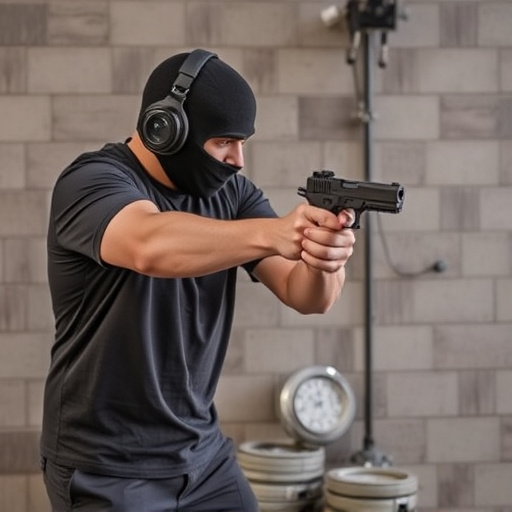
When considering a stun gun for self-defense, it’s crucial to understand safety considerations beyond its stopping power ratings. Stun guns require proper handling and care to ensure effectiveness and avoid accidental discharge. Always store your stun gun in a secure location, out of reach of children and unauthorized individuals. It’s essential to learn the device’s trigger mechanism and safety features thoroughly. Regularly inspect your stun gun for any signs of damage or malfunction, and always follow manufacturer guidelines for battery replacement and charging—a critical step on how to charge stun gun properly.
Training is another vital aspect often overlooked. Practicing with a stun gun, just like any other self-defense tool, can help you gain confidence and develop muscle memory in its use. Consider taking courses that teach proper deployment techniques and de-escalation strategies, ensuring you’re not only familiar with the device but also skilled in its application. Safety should always be the top priority when handling stun guns, and adequate training will enable you to utilize them responsibly in stressful situations.
Stun guns, while powerful tools for self-defense, require proper understanding and usage. By grasping the factors influencing their effectiveness, such as design, battery health, and environmental conditions, individuals can make informed decisions. Learning the art of charging a stun gun correctly is paramount to ensure optimal performance when it matters most. Remember, safety precautions and adequate training are essential when considering any weapon for personal protection. Always follow recommended guidelines to charge your stun gun properly and keep yourself and others safe.
